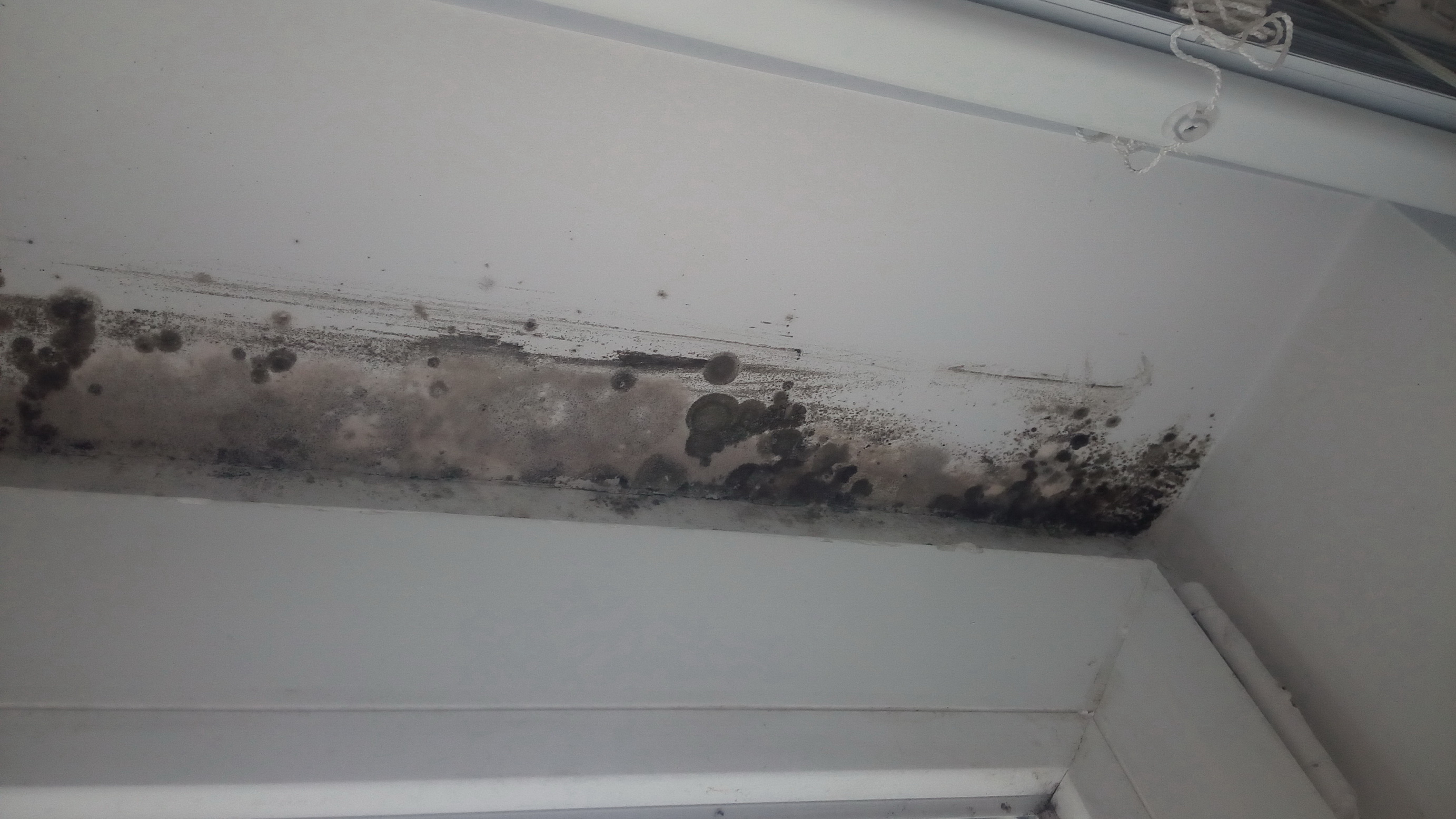|
Greenguard Environmental Institute
The Greenguard Environmental Institute (corporately styled "GREENGUARD") is an industry-independent organization that aims to protect human health and improve quality of life by enhancing indoor air quality and reducing people’s exposure to chemicals and other pollutants. As an ISO-IEC Guide 65:1996 accredited, third-party certifying body, the Greenguard Environmental Institute certifies products and materials for low chemical emissions and serves as a public resource for choosing healthier products and materials for indoor environments. In 2011, UL Environment, a business unit of UL (Underwriters Laboratories) acquired Greenguard Environmental Institute. The UL GREENGUARD Certification Program requires that products undergo independent, scientific testing and ongoing monitoring of their chemical emissions. Only products that meet UL Environment’s stringent emissions standards qualify for certification. These standards are based on established criteria from key public health ag ... [...More Info...] [...Related Items...] OR: [Wikipedia] [Google] [Baidu] |
Indoor Air Quality
Indoor air quality (IAQ) is the air quality within and around buildings and structures. IAQ is known to affect the health, comfort, and well-being of building occupants. Poor indoor air quality has been linked to sick building syndrome, reduced productivity, and impaired learning in schools. Common pollutants of indoor air include: Secondhand tobacco smoke, air pollutants from indoor combustion, radon, molds and other allergens, carbon monoxide, volatile organic compounds, legionella and other bacteria, asbestos fibers, carbon dioxide, ozone and particulates. Source control, filtration, and the use of ventilation to dilute contaminants are the primary methods for improving indoor air quality in most buildings. Determination of IAQ involves the collection of air samples, monitoring human exposure to pollutants, collection of samples on building surfaces, and computer modelling of air flow inside buildings. IAQ is part of indoor environmental quality (IEQ), which include ... [...More Info...] [...Related Items...] OR: [Wikipedia] [Google] [Baidu] |
Leadership In Energy And Environmental Design
Leadership in Energy and Environmental Design (LEED) is a green building certification program used worldwide. Developed by the non-profit U.S. Green Building Council (USGBC), it includes a set of rating systems for the design, construction, operation, and maintenance of green buildings, homes, and neighborhoods, which aims to help building owners and operators be environmentally responsible and use resources efficiently. By 2015, there were over 80,000 LEED-certified buildings and over 100,000 LEED-accredited professionals. Most LEED-certified buildings are located in major U.S. metropolises. LEED Canada has developed a separate rating system adapted to the Canadian climate and regulations. Some U.S. federal agencies, state and local governments require or reward LEED certification. This can include tax credits, zoning allowances, reduced fees, and expedited permitting. Studies have found that for-rent LEED office spaces generally have higher rents and occupancy rates an ... [...More Info...] [...Related Items...] OR: [Wikipedia] [Google] [Baidu] |
Certified Wood
Certified wood and paper products come from responsibly managed forests – as defined by a particular standard. With third-party forest certification, an independent organization develops standards of good forest management, and independent auditors issue certificates to forest operations that comply with those standards. Requirements Forest certification programs typically require that forest management practices conform to existing laws. Other basic requirements or characteristics of forest certification programs include: Basic requirements of credible forest certification programs include: * Protection of biodiversity, species at risk and wildlife habitat; sustainable harvest levels; protection of water quality; and prompt regeneration (e.g., replanting and reforestation). * Third-party certification audits performed by accredited certification bodies. * Publicly available certification audit summaries. * Multi-stakeholder involvement in a standards development process. * ... [...More Info...] [...Related Items...] OR: [Wikipedia] [Google] [Baidu] |
Mold Growth, Assessment, And Remediation
Mold (American English) or mould (British English), also sometimes referred to as mildew, is a fungal growth that develops on wet materials. Mold is a natural part of the environment and plays an important part in nature by breaking down dead organic matter such as fallen leaves and dead trees; indoors, mold growth should be avoided. Mold reproduce by means of tiny spores. The spores are like seeds, but invisible to the naked eye, that float through the air and deposit on surfaces. When the temperature, moisture, and available nutrient conditions are correct, the spores can form into new mold colonies where they are deposited. There are many types of mold, but all require moisture and a food source for growth. Health effects Mold is ubiquitous, and mold spores are a common component of household and workplace dust. In large amounts they can lead to mold health issues to humans, potentially causing allergic reactions and respiratory diseases. Mycotoxins Some mold produce ... [...More Info...] [...Related Items...] OR: [Wikipedia] [Google] [Baidu] |
Nonprofit Institutes Based In The United States
A nonprofit organization (NPO) or non-profit organisation, also known as a non-business entity, not-for-profit organization, or nonprofit institution, is a legal entity organized and operated for a collective, public or social benefit, in contrast with an entity that operates as a business aiming to generate a profit for its owners. A nonprofit is subject to the non-distribution constraint: any revenues that exceed expenses must be committed to the organization's purpose, not taken by private parties. An array of organizations are nonprofit, including some political organizations, schools, business associations, churches, social clubs, and consumer cooperatives. Nonprofit entities may seek approval from governments to be tax-exempt, and some may also qualify to receive tax-deductible contributions, but an entity may incorporate as a nonprofit entity without securing tax-exempt status. Key aspects of nonprofits are accountability, trustworthiness, honesty, and openness to eve ... [...More Info...] [...Related Items...] OR: [Wikipedia] [Google] [Baidu] |

.jpg)

